Skeletons on the city streets
Categories: Photo project
By Pictolic https://pictolic.com/article/skeletons-on-the-city-streets.htmlSpanish artist Isaac Cordal (Isaac Cordal) became famous for his controversial work. He creates miniature figurines out of cement and places them in public places around the world. Skeletons on the streets of the city - this is one of a series of his art projects, united under the name "Cement Eclipse", or Cement Eclipses, which was created in the state of Chiapas in Mexico.
(Total 13 photos)
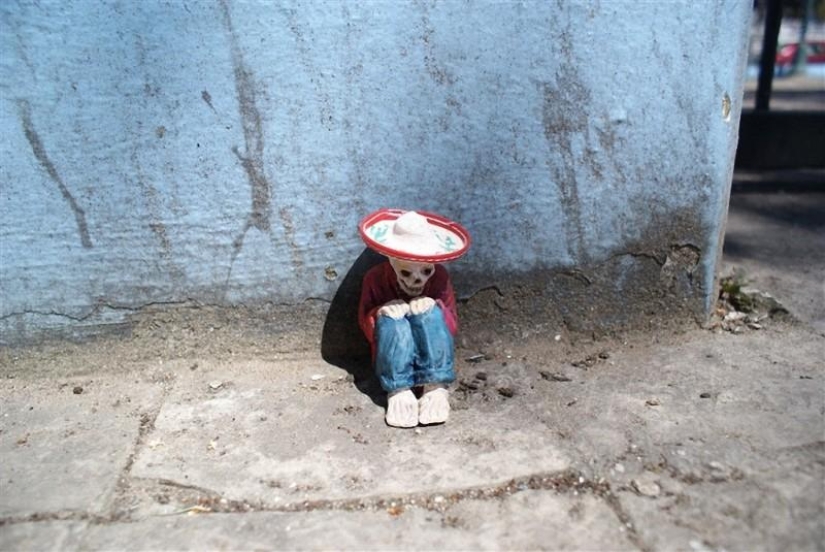
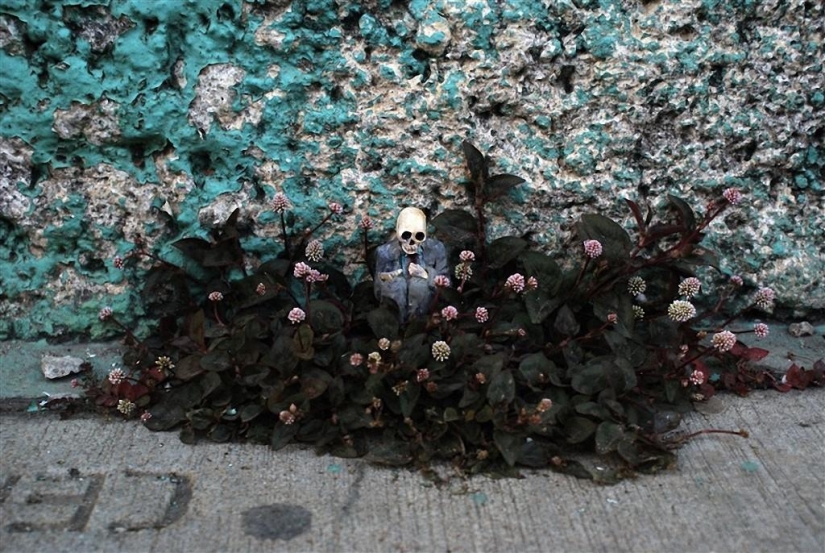
1. Isaac Kordal, placing miniature figures in different places right on the streets of the city, recreates various scenes from people's lives. (Photo: Isaac Cordal)
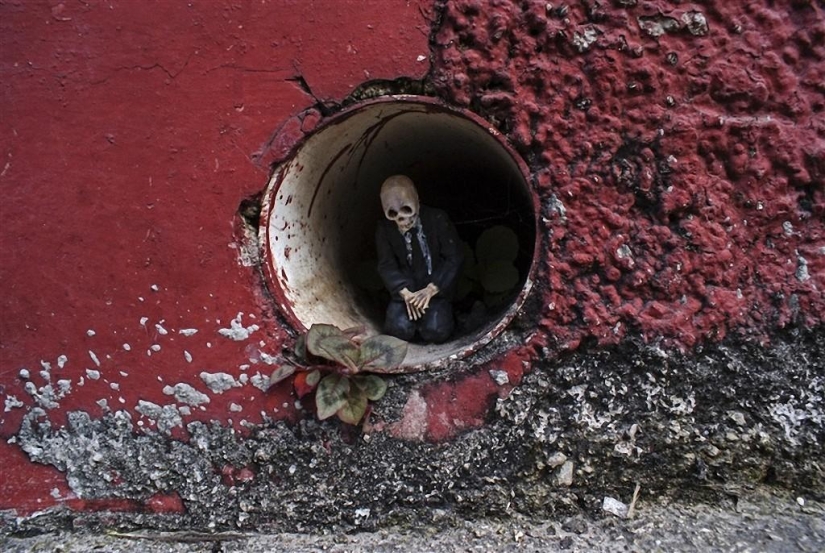
2. In this way, the author wants to expand the imagination of passers-by who meet these unusual sculptures on their way. (Photo: Isaac Cordal)
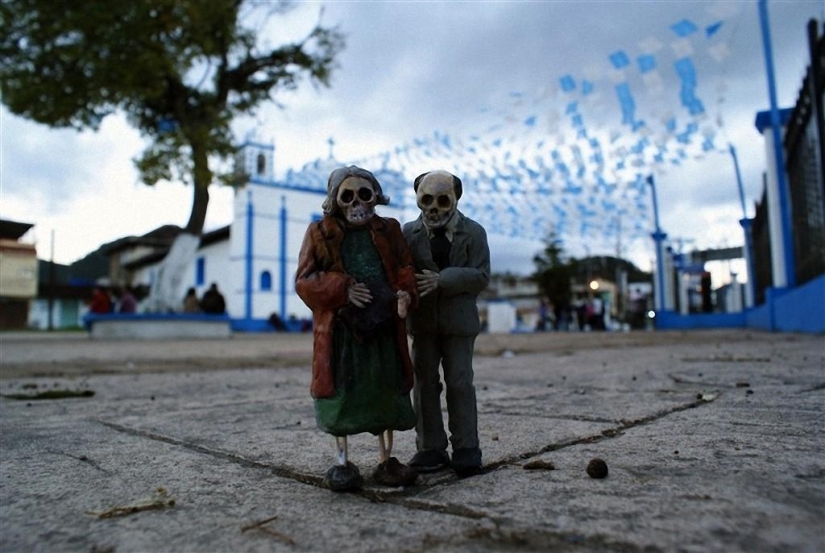
3. People react differently to the artist's provocative sculptures, but no one passes by them indifferently. (Photo: Isaac Cordal)
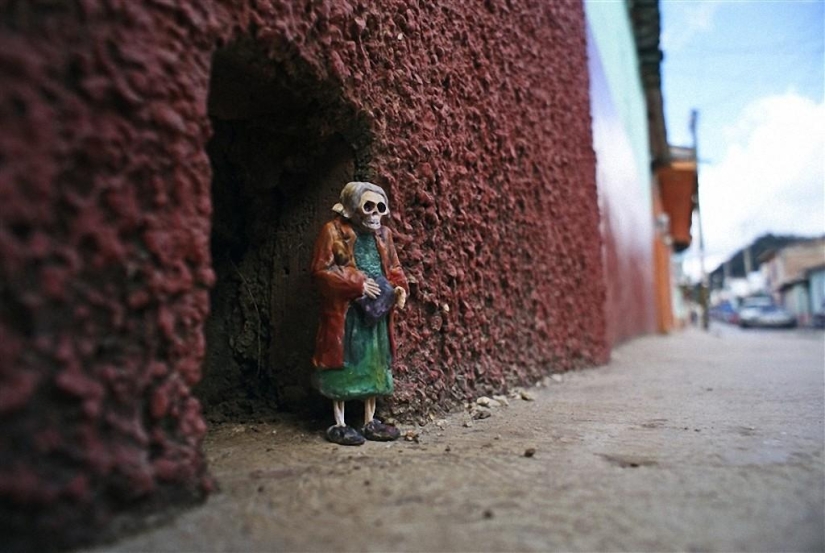
4. With his unusual works, the author wants to show how the construction boom in cities takes away from us the last green islands of nature and more and more absorbs the person himself, moving him away from nature. (Photo: Isaac Cordal)
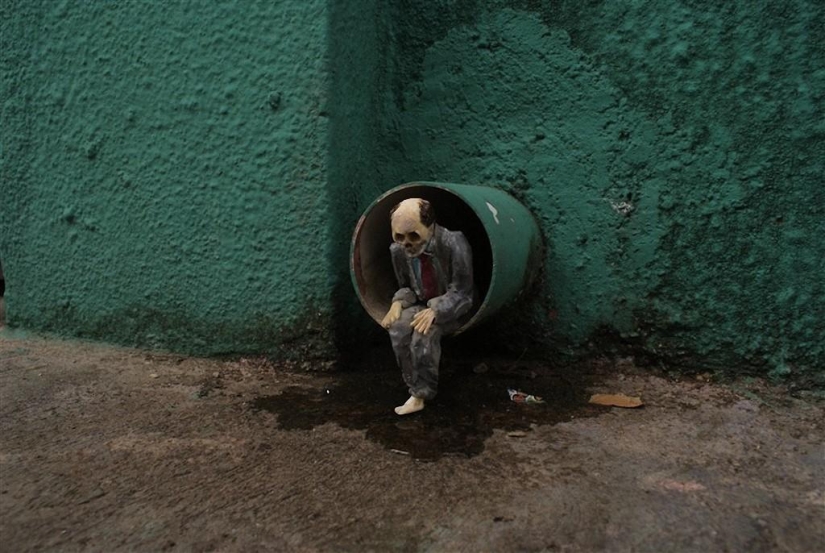
5. The artist wants to draw our attention to the problem of man's relationship with nature, which has changed a lot over the past decades. (Photo: Isaac Cordal)
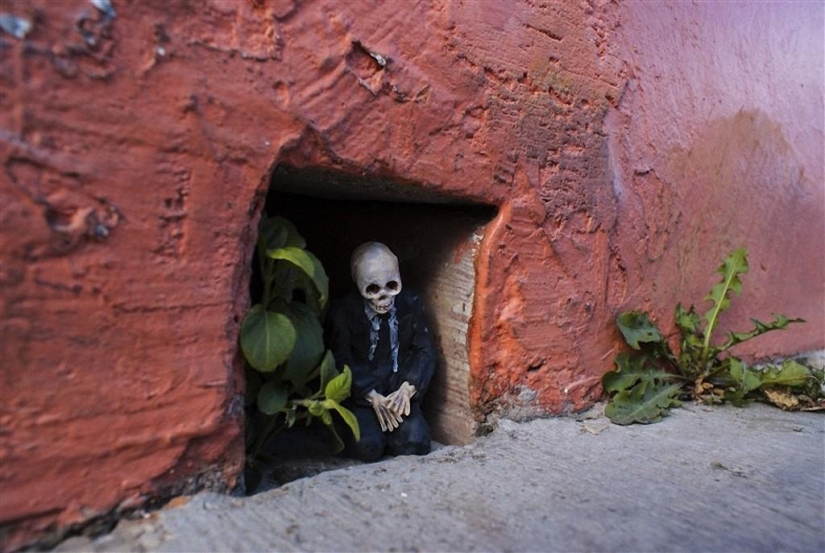
6. The author invites us to critically evaluate the side effects of our evolution. (Photo: Isaac Cordal)
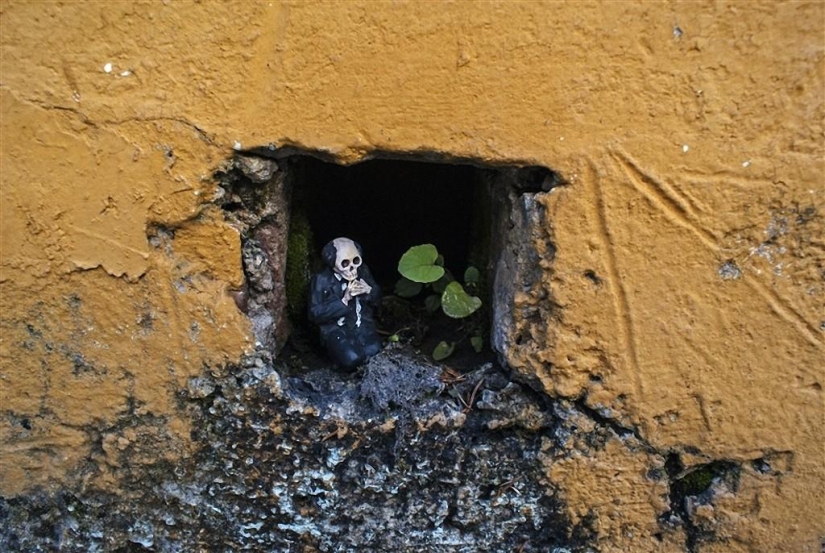
7. We live in cities made of glass and cement and are increasingly moving away from nature. (Photo: Isaac Cordal)
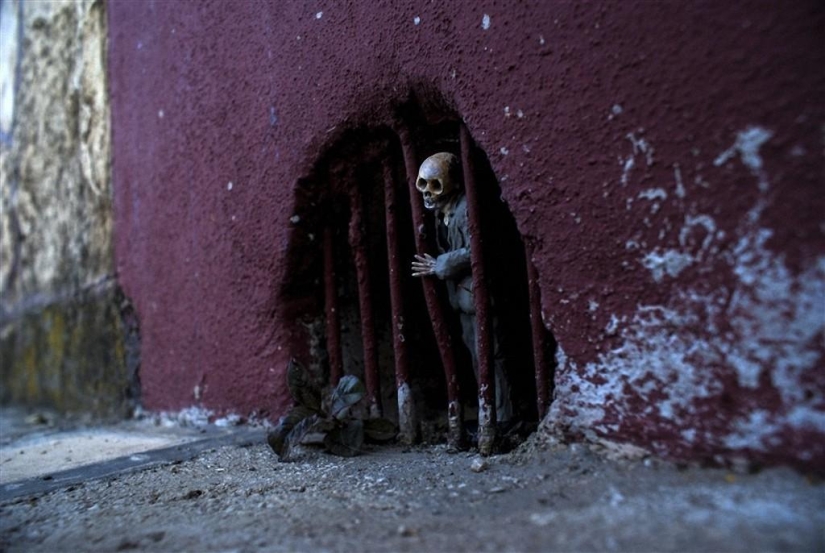
8. We seem to be in a cement prison. (Photo: Isaac Cordal)
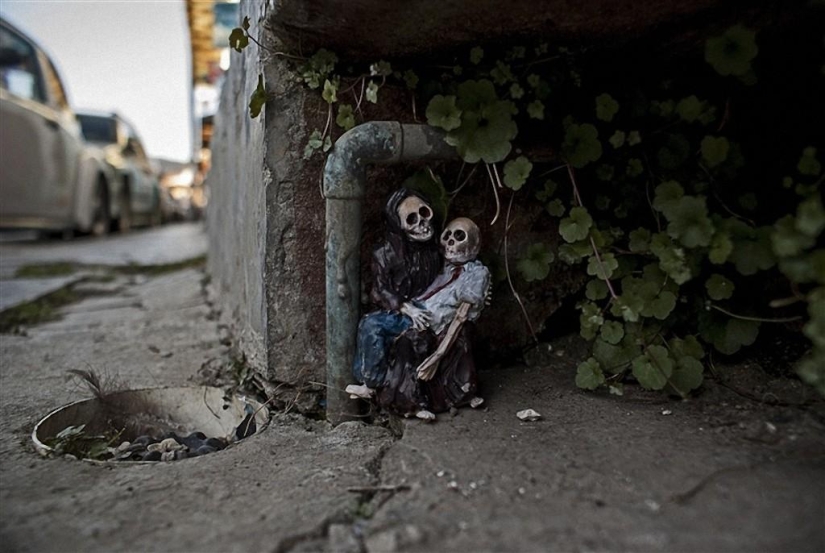
9. People merge with cities, become only part of their environment. (Photo: Isaac Cordal)
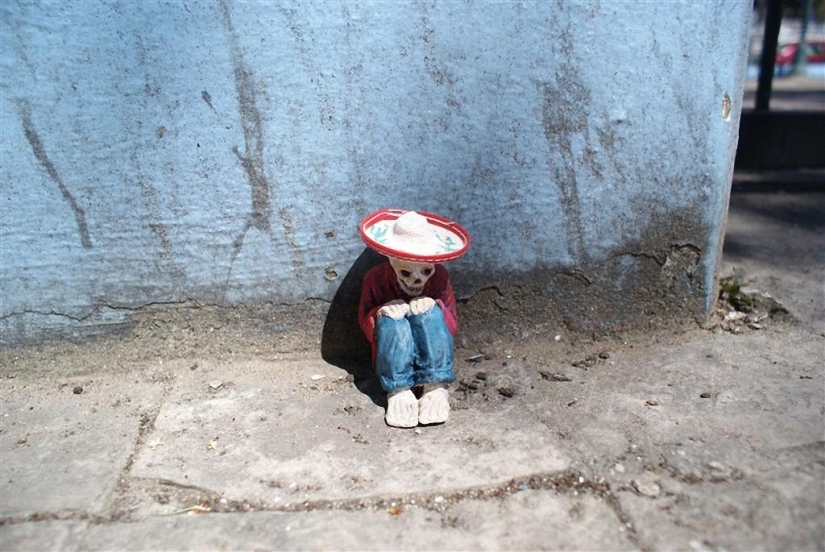
10. According to the author, man as a species voluntarily isolates himself from nature. (Photo: Isaac Cordal)

11. There are still small fragments of nature in the works of Isaac, which symbolizes the hope for our survival. (Photo: Isaac Cordal)
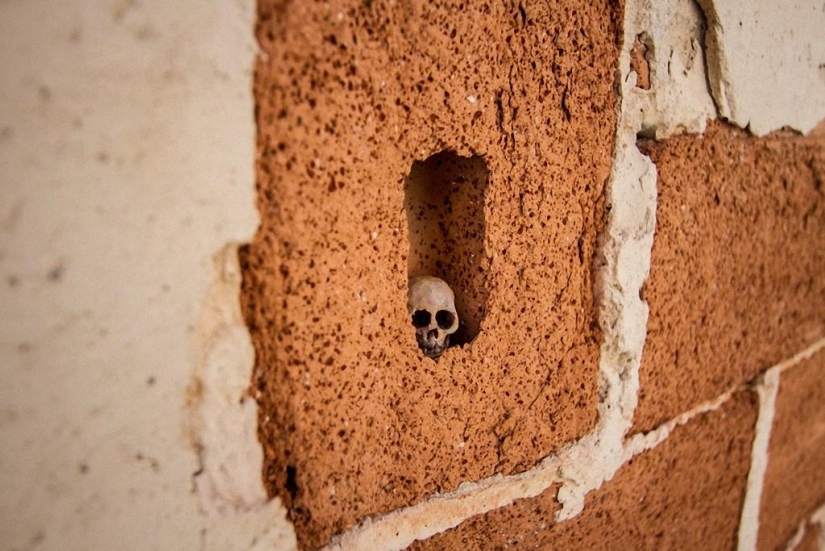
12. The fragility and fragility of the statuettes of the artist means the imperfection of our society. (Photo: Isaac Cordal)
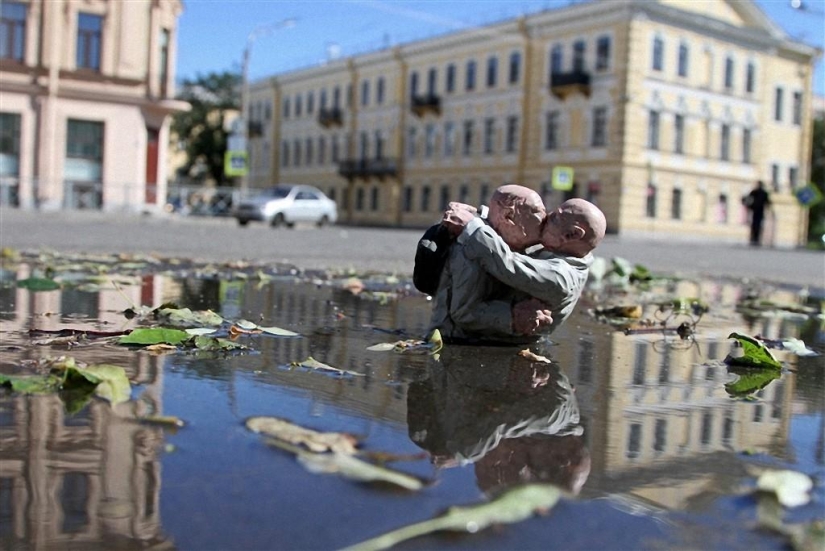
13. With his works, the author also wanted to show the absurdity of our existence, some situations and prohibitions, as, for example, in this picture taken in St. Petersburg in July this year. (Photo: Isaac Cordal)
Other photographs from the Cement Eclipse project can be found on the artist's website.
Keywords: Skeleton | Streets | Cement
Post News ArticleRecent articles

Any journey is fraught with many discoveries and observations, of which over time can form a whole collection. Today you will see ...

Life with Pets is always fun. Why are only their daily funny antics, which make us laugh to tears, and love them even more. The ...
Related articles

When it comes to the squat, there are often heated debate. There are two camps, one of which are those who believe this provision ...

What is the connection between anatomy and a ball of thread? It turns out that with the help of a hook and knitting needles, you ...

In a bygone era, photographer Charles Marville was an avid toilet photography enthusiast. Strange as it may sound, there were ...

This is another post dedicated to optical illusions, as many of us are interested in this topic. Optical illusions are created by ...